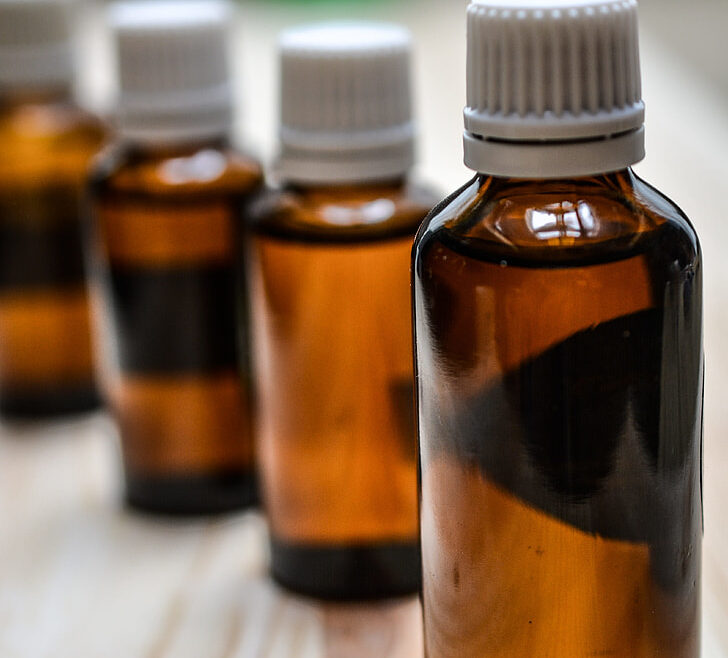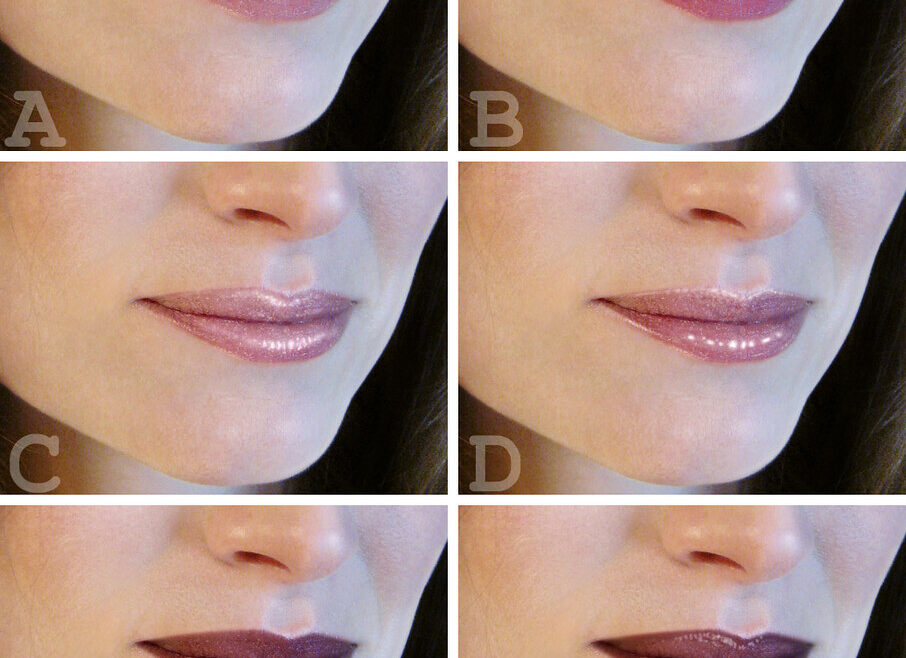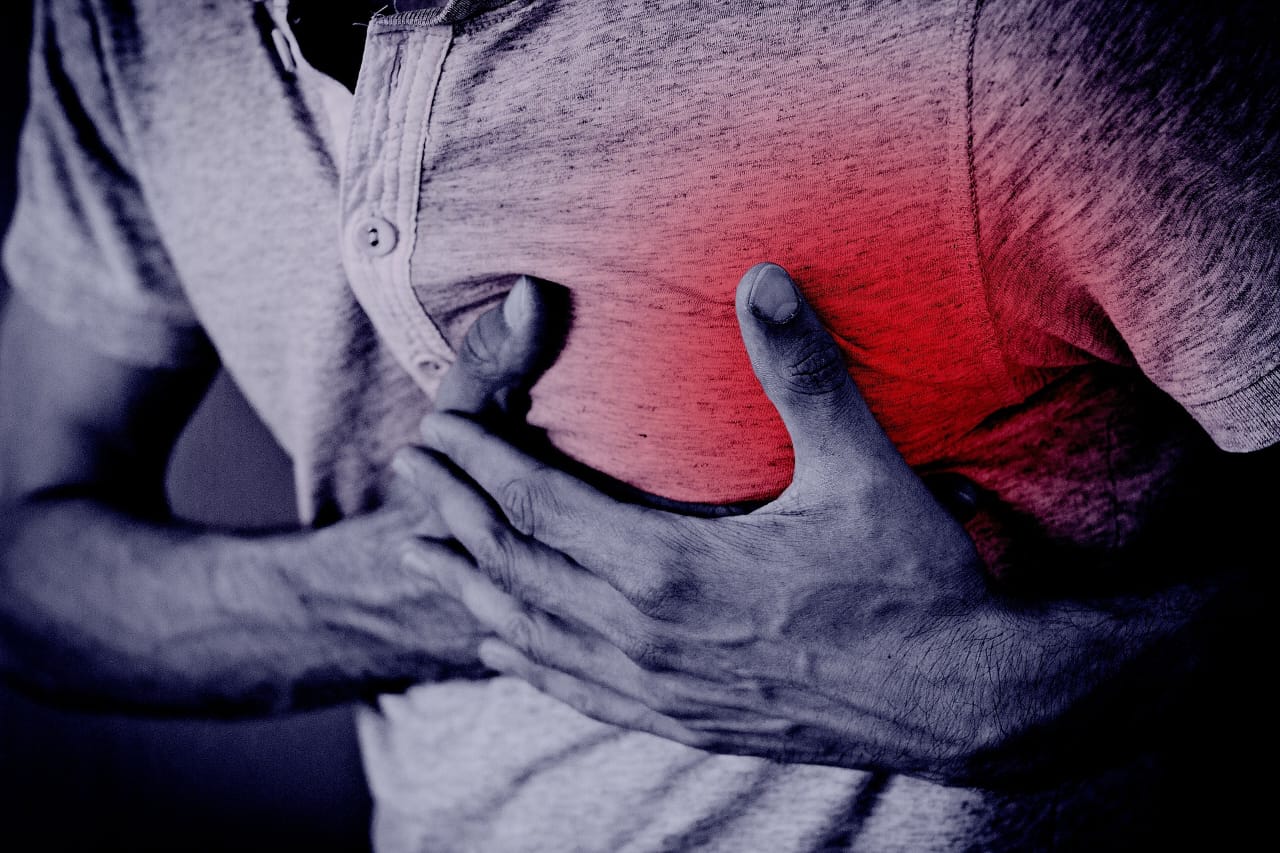Healthy Eating on a Budget
http://icdrc.org/wp-content/uploads/2024/06/WhatsApp-Image-2024-06-26-at-19.16.52_0d636baf-1024x1024.jpg 1024 1024 admin admin http://0.gravatar.com/avatar/693ccb227eb6527287caaa4e9eb13c6e?s=96&d=mm&r=gIn today’s fast-paced world, maintaining a healthy eating can seem daunting and expensive. With careful planning and smart shopping, you can achieve a nutritious, budget-friendly diet, even with convenient pre-packaged foods in grocery store aisles.
Understanding the Basics of Healthy Eating
Before diving into budgeting strategies, it’s essential to grasp the fundamentals of a healthy diet. A balanced diet typically includes:
- Fruits and vegetables provide essential vitamins, minerals, fiber, and antioxidants vital for immune function, digestion, vitality, and reducing oxidative stress.
- Whole grains such as brown rice, oats, and whole wheat products serve as important sources of complex carbohydrates and fiber. These nutrients play a key role in providing sustained energy, regulating blood sugar levels, and promoting digestive health.
- Proteins provide amino acids necessary for muscle development, immune function, and hormone production. Incorporating a variety of protein sources ensures adequate intake of essential nutrients while offering flexibility in dietary choices.
Budget-Friendly Strategies for Healthy Eating
1. Plan Your Meals and Create a Shopping List
Meal planning is a fundamental strategy for achieving both nutritional goals and budgetary constraints. By mapping out your meals for the week ahead, you not only streamline your shopping process but also maximize the use of ingredients you already have on hand. This proactive approach helps minimize food waste and ensures that every item purchased serves a purpose in your planned meals.
When embarking on meal planning, it’s beneficial to consider a diverse range of foods from various food groups. This diversity ensures that your meals are nutritionally balanced, incorporating essential vitamins, minerals, proteins, and fats necessary for overall health.
2. Shop Smart and Compare Prices
Before embarking on your grocery shopping trip, taking a few preparatory steps can significantly impact both your wallet and your meal planning. Start by reviewing store flyers or browsing online to identify current sales and promotions. This allows you to strategically plan your purchases around discounted items, maximizing savings without compromising on quality or nutrition.
Choosing seasonal produce stretches your grocery budget while ensuring freshness, flavor, and supporting local agriculture, all while reducing environmental impact.
3. Buy in Bulk and Store Properly
Purchasing non-perishable items such as grains, beans, and nuts in bulk offers several advantages beyond initial cost savings. Bulk buying reduces costs per unit, ensures a steady supply of nutritious pantry staples, and requires proper storage for freshness and longevity.
4. Cook at Home and Limit Eating Out
Cooking meals at home allows control over portion sizes, ingredients, and nutritional quality, enabling customization to meet dietary preferences and health goals with affordable, nutrient-dense ingredients and natural flavors.
5. Focus on Nutrient-Dense Foods
Eggs are a nutritional powerhouse, offering high-quality protein, vitamins (like B12 and riboflavin), and minerals (such as iron and selenium) at a low cost per serving. They can be enjoyed in various ways, from scrambled eggs for breakfast to a protein-rich addition to salads or sandwiches.
Oats are another economical choice packed with fiber, which supports digestive health and helps maintain stable blood sugar levels. They also provide vitamins (such as B1 and folate) and minerals (like manganese and phosphorus), making them a nutritious base for breakfast porridge, homemade granola bars, or added to smoothies for extra fiber.
6. Minimize Processed and Convenience Foods
Although processed foods offer convenience, they often come at a higher cost and may lack essential nutritional value. These items, such as sugary snacks, sugary drinks, and pre-packaged meals, can contribute to excessive caloric intake, added sugars, and unhealthy fats, which are detrimental to overall health when consumed regularly.
7. Grow Your Own Food
If you have the space, cultivating herbs, vegetables, or fruits at home can be a rewarding and economical way to enhance your diet. Growing your own produce not only reduces grocery expenses but also ensures a fresh and readily available supply of organic options right at your fingertips.
Herbs such as basil, mint, and parsley can be easily grown in small pots on windowsills or balconies, requiring minimal space and maintenance. These aromatic additions not only enhance the flavor of dishes but also provide health benefits through their antioxidant properties and potential for reducing the need for added salt or seasonings.
Overcoming Common Challenges
1. Time Constraints
Balancing work, family commitments, and meal preparation can indeed be daunting, but incorporating time-saving kitchen gadgets such as slow cookers or pressure cookers can significantly simplify the cooking process. These appliances allow you to prepare flavorful, nutritious meals with minimal hands-on time, as they efficiently cook ingredients over extended periods (slow cookers) or quickly under pressure (pressure cookers).
2. Lack of Cooking Skills
if cooking from scratch feels daunting, begin by exploring simple recipes and gradually expanding your culinary skills. Online tutorials and cooking classes offer valuable guidance and step-by-step instructions to build confidence in the kitchen. Remember that cooking is a skill that improves with practice, and experimenting with new flavors and techniques can be both enjoyable and rewarding.
3. Social Pressure and Cultural Influences
Navigating social gatherings and cultural traditions centered around food can pose challenges when managing dietary preferences and budgetary constraints. Communicating openly with friends and family about your dietary needs and financial considerations is crucial. Offering to bring a dish that aligns with your health goals ensures that you have nutritious options available while still participating in communal meals.
Conclusion
Eating healthily on a budget is not merely a matter of saving money; it’s an investment in your long-term well-being. By implementing thoughtful shopping habits, such as seeking out sales, buying seasonal produce, and opting for store-brand staples, you can stretch your grocery dollars while still enjoying nutritious foods. Meal planning plays a crucial role by reducing food waste and ensuring that each meal is balanced and fulfilling, incorporating a variety of fruits, vegetables, whole grains, proteins, and healthy fats.
Choosing to prepare homemade meals allows you to control portion sizes, ingredients, and cooking methods, promoting healthier eating habits overall. This approach not only supports better nutrition but also encourages culinary creativity and a deeper appreciation for the food you consume. By gradually incorporating these strategies into your routine, you can make sustainable changes that positively impact both your health and your finances over time.
Additional Resources
For further reading on budget-friendly recipes and meal planning tips, consider exploring reputable sources such as:
Start your journey towards healthier eating today, and witness the positive impact it can have on your life!
This blog covers various aspects of eating healthily on a budget, providing practical advice and tips to help readers make informed decisions about their dietary choices without overspending.









